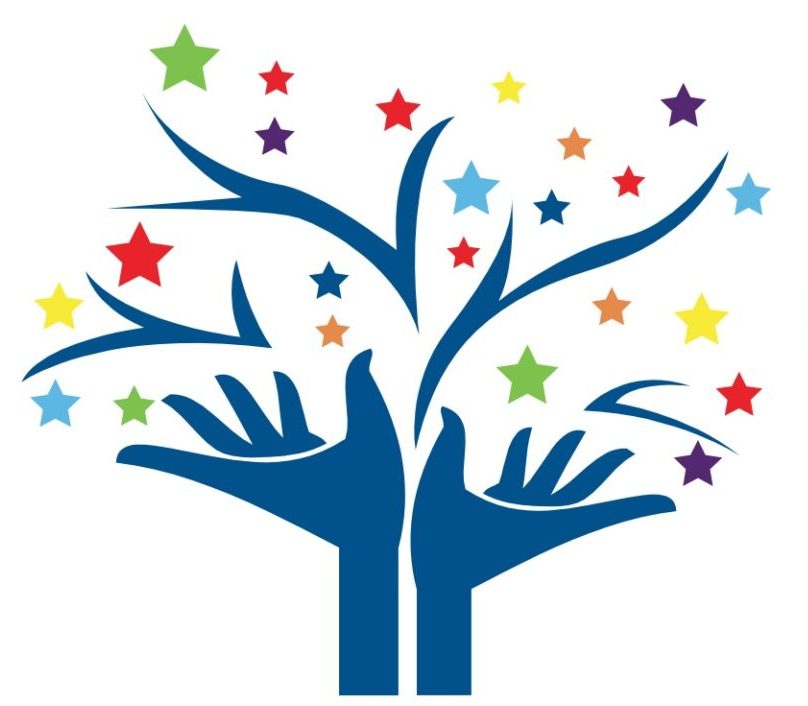Pediatric Physical Therapy (PT)
As pediatric physical therapists, we provide consultations, evaluations, and treatments for children who are suspected of having or have difficulties with their gross motor skills (i.e. rolling, crawling, sitting, walking, running, jumping), strength, balance, postural control, and/or coordination. PTs assess movement and gait patterns to identify ways to optimize mobility while incorporating as many of the child’s own strengths to assist with movement. PTs have a strong understanding of how the body, from a cellular level to the organ systems level, biomechanically functions to create movement. Sessions will address skills identified as areas of concern, closely facilitate the child’s movement, and educate families with the information needed to best teach and guide their child when therapy is not in session. PT aims to empower children to become more functionally independent with movement. Children with difficulties in the following areas may benefit from PT services:
Ambulation
- Toe walking
- Bearing too much weight on the inside or outside border of the foot (ie. arch collapsed to the ground, toes turned in/out)
- Uses adaptive equipment
Muscle weakness
- Frequently falls
- Has poor balance
- Unable to move slowly in a controlled manner
Muscle tone
- Hypertonia (spasticity, rigidity, dystonia)
- Hypotonia
Limited endurance to complete multiple activities
- Heavy breathing, must take frequent rest breaks
Restricted or excessive range of motion
- Frequent sprains
- Limited rotation or side-bending at the trunk and/or pelvis
- Compensatory movement strategies to lockout joints or move the body when muscles are too tight
Impaired coordination to use arms and legs simultaneously
- Jumping with 2 feet, hop on 1 foot, jumping jacks, scissor jumps
- Running, skipping, climbing
- Bike riding
Motor milestone delay
- Head control, rolling, sitting, four-point, creeping, pull to stand, standing
- Walking, running
- Balance on a single leg, balance beam, dynamic surface
- Jump, hop, gallop, skip
- Stairs, climb
Impaired body alignment – structural, muscular, and/or neurologic
- Scoliotic curve
- Poor posture
- W-sitting
Incontinence/Constipation
- Weakness of pelvic floor musculature
- Poor body awareness to identify urge
- Unable to stay dry through day or night
- Infrequent bowel movements, either too hard or too soft/liquid
Get Started
Please contact us for further information or to discuss your child’s health with a dedicated therapist.
